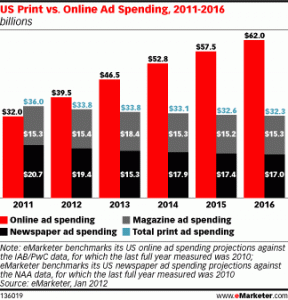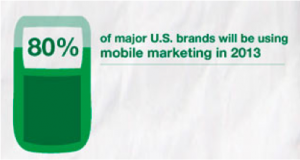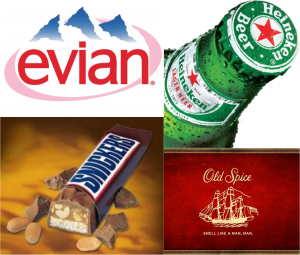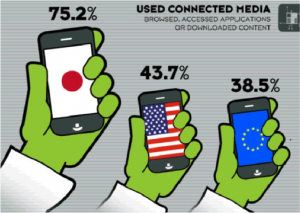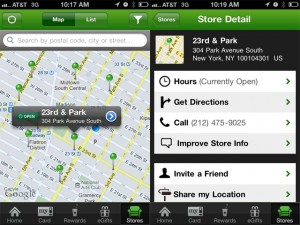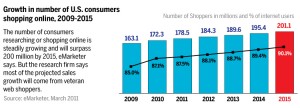David Weinberger an graduate in psychology from the University of Toronto, a book author, a professor and fellow at Harvard Law School at the center for Internet and Society has recently shared his opinion on the positive effects of the messiness of information on trendhunter.com. I listend to his interesting thoughts and wanted to share it with you immediatly!
To put it into a nutshell David Weinberger discusses the effects of miscellaneous ideas.
Everything has lots of different attributes, but people only pay focus to certain attributes depending on what is trying to be achieved. In order to illustrate the basic idea of his concept he lists some attributes of „simple“ strawberries (= colour, weight, size, taste, history, generic information). But only attributes that are important for what a person is planning to use strawberries for really matter. „Let’s say we want to cook – taste matters most; if we want to use them for decoration, colour and size might play a more important role.“ David Weinberger explaines his example. Due to the information overload problem in the 90ies, companies tried to come up with a solution. The solution was in fact to generate even more information and more mata data. As a result, there is messiness, but the good thing is that there is information in messiness, and businesses need this chaos to succeed and be creative. Efficient companies that are structuring and organizing information well are not very smart because they loose a lot of information by being (too) efficient. The reason is that such companies risk to eliminate creative messy intersections where innovative ideas are most likely to occur.
In order to illustrate the basic idea of his concept he lists some attributes of „simple“ strawberries (= colour, weight, size, taste, history, generic information). But only attributes that are important for what a person is planning to use strawberries for really matter. „Let’s say we want to cook – taste matters most; if we want to use them for decoration, colour and size might play a more important role.“ David Weinberger explaines his example. Due to the information overload problem in the 90ies, companies tried to come up with a solution. The solution was in fact to generate even more information and more mata data. As a result, there is messiness, but the good thing is that there is information in messiness, and businesses need this chaos to succeed and be creative. Efficient companies that are structuring and organizing information well are not very smart because they loose a lot of information by being (too) efficient. The reason is that such companies risk to eliminate creative messy intersections where innovative ideas are most likely to occur.
Moreover does a tremendous amount of information come from users, customers and employees. In order to collect most of this (free) data, companies should try to give them a platform in order to gather and collect their information which gives companies a broader source of data to retrieve information from. Consequently, by mining through this shared information, a hugh potential to find new products or markets can be set free.
Another interesting aspect David Weinberger mentioned in his video is that even “unfinished” information together with meta information about the primary information such as medical studies and a note explaining that it is still work in progress is of tremendous value as other users might start working on or adding to that “unfinished” first bit of information.
This was an outline of the points that I found really interesting and worth spending a second thought on. If you want to dig deeper into the unlimited world of information and it’s impact on science and business, check out this video: http://www.trendhunter.com/keynote/david-weinberger!



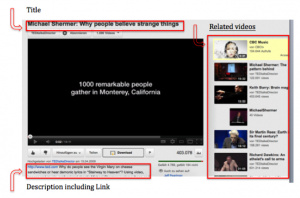
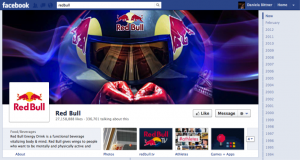

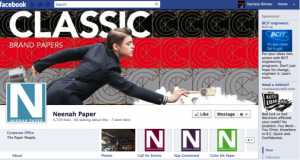
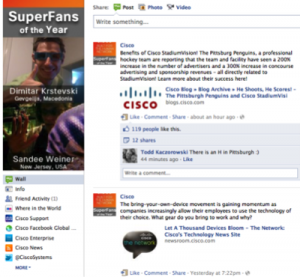 Here
Here

